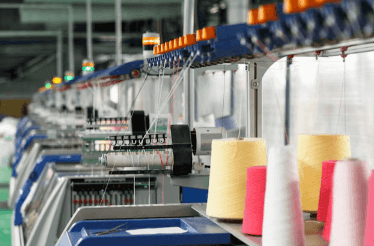Question
a.
March 2004
b.
March 2019
c.
March 1950
d.
March 1980
Posted under Tissue Engineering
Interact with the Community - Share Your Thoughts
Uncertain About the Answer? Seek Clarification Here.
Understand the Explanation? Include it Here.
Q. When was the first derivation of a human ES cell line (SCNT-hES-1)?
Similar Questions
Explore Relevant Multiple Choice Questions (MCQs)
Q. ________ is the technique used to detect genetic disorders.
View solution
Q. Induced pluripotent cells can be generated directly from ______________
View solution
Q. ____________ are the most well-known type of pluripotent stem cell.
View solution
Q. Induced pluripotent stem cells are _____________ in nature thus minimizing the chances of immune rejection.
View solution
Q. Yamanaka named iPSCs with a lower case “i” due to the popularity of the iPod and other products.
View solution
Q. The transcription factor TF-2 is a part of the original set of reprogramming factors for the production of induced pluripotent stem cells.
View solution
Q. Reprogramming of human cells to iPSCs was reported on November 2007 by three co-dependent research groups.
View solution
Q. ____________ is a transcription factor essential in order to maintain the pluripotency of induced pluripotent stem cells.
View solution
Q. ______________ are also known as somatic stem cells.
View solution
Q. Ideally, ____________ should also be clonogenic.
View solution
Q. An adult stem cell should also be able to give rise to fully differentiated cells that have mature phenotypes.
View solution
Q. No one knows the origin of adult stem cells in any mature tissue.
View solution
Q. Adult stem cells are rare.
View solution
Q. Mesenchymal stem cells are multipotent stromal cells that can differentiate into a variety of cell types.
View solution
Q. Mesenchyme is derived from ___________
View solution
Q. __________ are connective tissue cells that form the supportive structure in which the functional cells of the tissue reside.
View solution
Q. The mesenchymal cells do not have the capacity to reconstitute an entire organ.
View solution
Q. The developing tooth bud of the mandibular third molar is a rich source of Mesenchymal Stem Cells.
View solution
Q. The youngest and most primitive MSCs may be obtained from umbilical cord tissue.
View solution
Q. Stem cells are present in amniotic fluid.
View solution
Recommended Subjects
Are you eager to expand your knowledge beyond Tissue Engineering? We've handpicked a range of related categories that you might find intriguing.
Click on the categories below to discover a wealth of MCQs and enrich your understanding of various subjects. Happy exploring!








